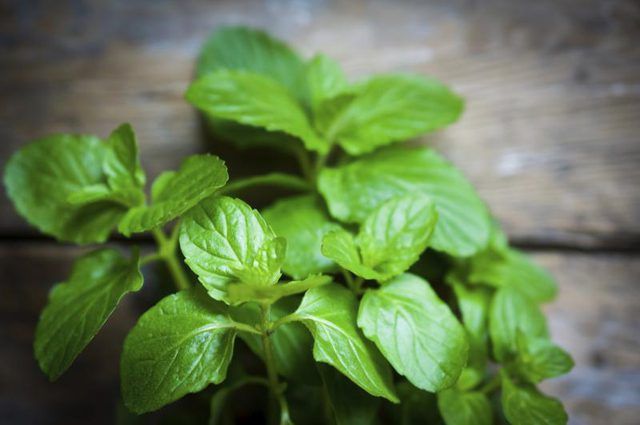Bulbs
Flower Basics
Flower Beds & Specialty Gardens
Flower Garden
Garden Furniture
Garden Gnomes
Garden Seeds
Garden Sheds
Garden Statues
Garden Tools & Supplies
Gardening Basics
Green & Organic
Groundcovers & Vines
Growing Annuals
Growing Basil
Growing Beans
Growing Berries
Growing Blueberries
Growing Cactus
Growing Corn
Growing Cotton
Growing Edibles
Growing Flowers
Growing Garlic
Growing Grapes
Growing Grass
Growing Herbs
Growing Jasmine
Growing Mint
Growing Mushrooms
Orchids
Growing Peanuts
Growing Perennials
Growing Plants
Growing Rosemary
Growing Roses
Growing Strawberries
Growing Sunflowers
Growing Thyme
Growing Tomatoes
Growing Tulips
Growing Vegetables
Herb Basics
Herb Garden
Indoor Growing
Landscaping Basics
Landscaping Patios
Landscaping Plants
Landscaping Shrubs
Landscaping Trees
Landscaping Walks & Pathways
Lawn Basics
Lawn Maintenance
Lawn Mowers
Lawn Ornaments
Lawn Planting
Lawn Tools
Outdoor Growing
Overall Landscape Planning
Pests, Weeds & Problems
Plant Basics
Rock Garden
Rose Garden
Shrubs
Soil
Specialty Gardens
Trees
Vegetable Garden
Yard Maintenance
How to Get Rid of Mint Plants
How to Get Rid of Mint Plants. When mint (Mentha spp.) grows out of control in gardens, its spreading shoots make permanently removing it hard. Peppermint (Mentha x piperita), which is perennial in U.S. Department of Agriculture plant hardiness zones 5 through 9, and spearmint (Mentha spicata), hardy in USDA zones 3 through 7, are two mints often...

When mint (Mentha spp.) grows out of control in gardens, its spreading shoots make permanently removing it hard. Peppermint (Mentha x piperita), which is perennial in U.S. Department of Agriculture plant hardiness zones 5 through 9, and spearmint (Mentha spicata), hardy in USDA zones 3 through 7, are two mints often grown for their aromatic and flavorful leaves. Both of those mints and other varieties quickly spread by way of shoots called rhizomes. Getting rid of mint plants involves removing their rhizomes, preventing the plants from growing or spraying them with a systemic herbicide.
Removing Rhizomes and Roots
With care and patience, you can dig up and remove all of your mint plants, including their rhizomes. Mint rhizomes are white when they grow underground and can be reddish, green or purplish when on soil surface. About as thick as cooked spaghetti, a mint rhizome sprouts tufts of thin, white roots about every 1 inch along its length. The best conditions during which to dig up the rhizomes and roots is a dry day when the soil is moist but not wet; the task can be done any time of year. Push a garden fork into the ground about 1 foot from the base of a mint plant. Lever the fork upward, loosening the soil clump, and gently pull the rhizomes and roots out of the soil. The removed plant parts should be set aside for trash disposal. Repeat the procedure across the mint-infested area, working backward so that you don't tread on dug-up soil. Remove every rhizome and root piece you see, no matter how small it is.
Smothering the Plants
A layer of light-excluding material can be used to starve mint plants, killing them. In early spring, when the mint plants are 3 to 4 inches tall, cut them to ground level with a weed trimmer or hand shears. Spread lightproof material, such as newspaper 4 sheets thick or landscape fabric, over the mint-infested area. If you use newspaper, overlap the sheets by at least 4 inches. Spread a 3-inch-thick layer of wood chips, shredded bark or other organic mulch on the newspaper or fabric to hold it in place. In late fall or the following spring, remove the covering or incorporate the remains of the newspaper and mulch into the soil. By that time, most of the newspaper will have decomposed.
Spraying a Systemic Herbicide
Systemic herbicide kills mint plants by traveling through them, including into the rhizomes. An herbicide containing glyphosate kills mint effectively but also harms other plants it contacts, including desirable plants. Before spraying mint with a glyphosate product, either remove nearby plants you wish to keep or cover them with cardboard. The best time to treat mint plants with a systemic herbicide is late spring or early summer, which is when they grow actively. On a dry, windless day, put on long pants, long-sleeved shirt, socks, closed-toe shoes, a hat, gloves and safety goggles, and spray all parts of mint plants with a ready-to-use, 2-percent glyphosate product. Wait until the sprayed solution dries before removing cardboard from desirable plants. Systemic herbicide manufacturers' instructions vary from product to product. So follow the directions on your product's label. It can take two to three weeks for glyphosate to kill mint plants.
Preventing the Plants from Returning
Whichever elimination method is used against mint plants, the plants sometimes reappear. After you get rid of mint plants, wait one month before before replanting the affected area. Closely check the soil for new mint shoots every three to four weeks during the growing season, and pull up all shoots that appear, removing as much of the root system as possible. Mulching bare soil in the affected area with a 3-inch-thick layer of organic mulch deters weak mint shoots and prevents mint seeds from sprouting. Garden compost, leaf mold and shredded bark are suitable organic mulches to use.